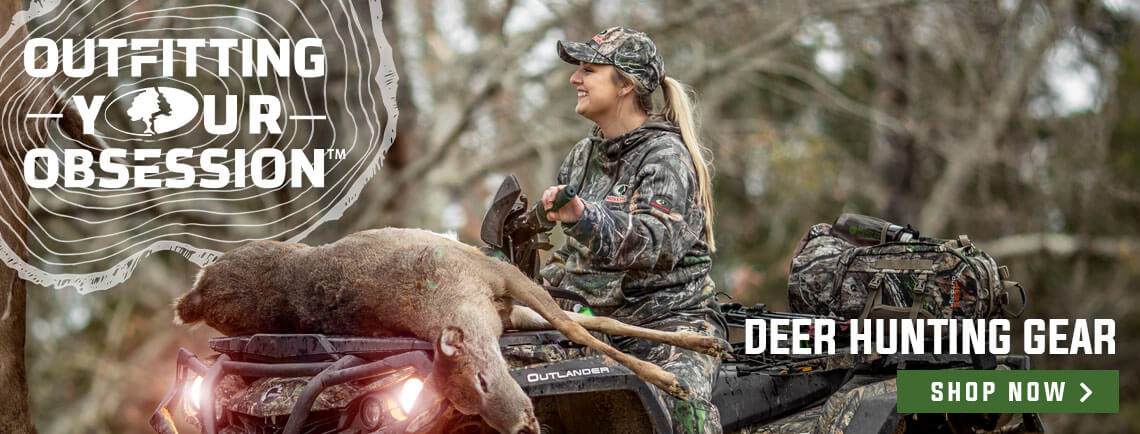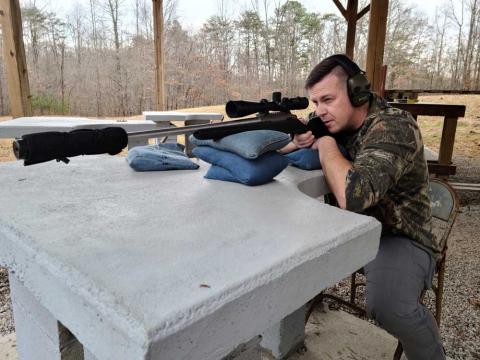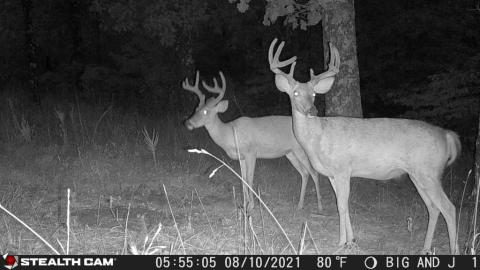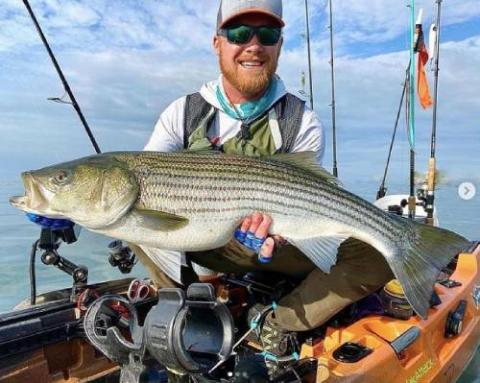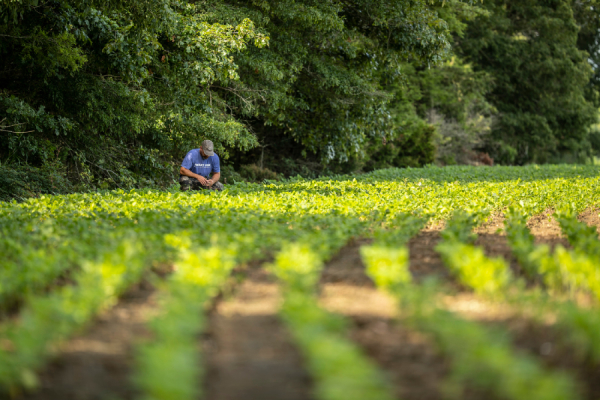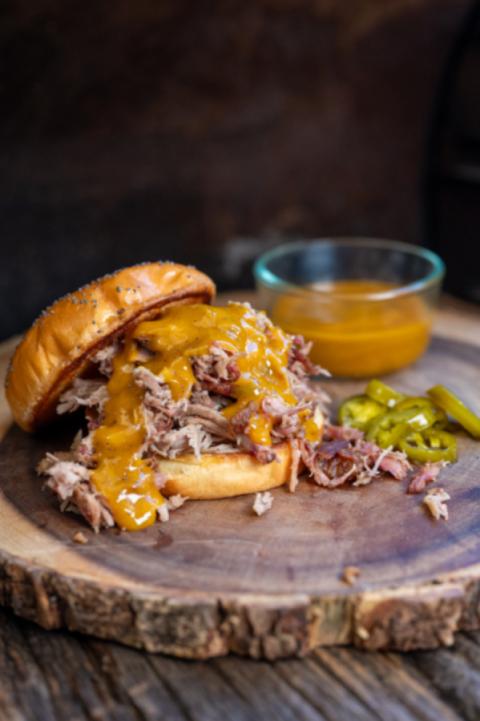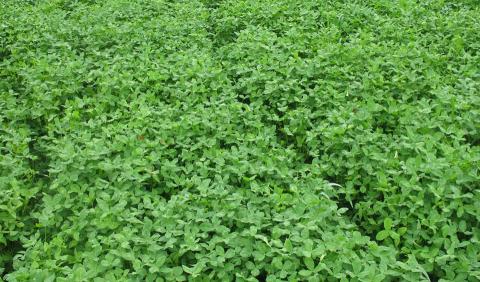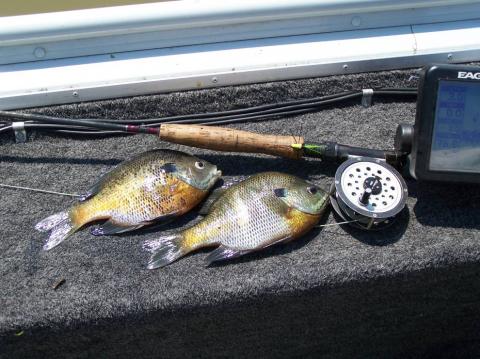Heath Wood
As with many youngsters, I was taught how to hunt by my father. During my first years as a hunter, I often followed his way of hunting, which was referred to as “if it’s brown, it’s down.” Some 30-plus years later, dad still has difficulty passing on a deer. I have often asked him why he doesn’t wait on a bigger deer or a mature buck. His answer has always been the same: from when he was a child, deer in our area were scarce. “If you didn’t shoot the first deer you saw, you might not have another chance the rest of the season,” explained my father.
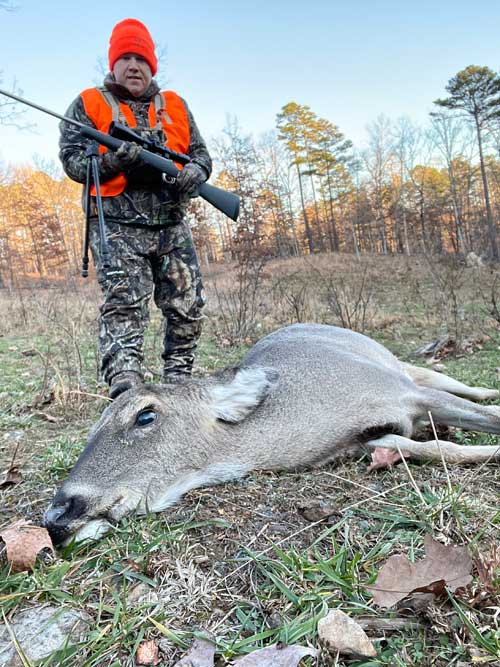
Over the years, deer herds have improved and hunters and biologists are working together to keep deer herds healthy. There is no pressure for deer hunters to shoot the first brown deer they see. That begs the question, "Is it better to harvest does in the early season or the late season?" Let's examine the facts so that you can make the best decision for your situation.
Today, as with many areas across the country, the area where I grew up has recently witnessed the deer population skyrocket. An overabundance of the deer population is quickly becoming a reality. In fact, in early December, my home state of Missouri released that the MDC (Missouri Department of Conservation) has approved an additional firearms antlerless season to add to the already week-long season in December for hunters to harvest does. In addition to the added season, the MDC also announced an increase in the number of antlerless permits available in several counties, as well as a five-day extension to the regular firearms season in designated CWD zones, which provides more opportunity to harvest additional deer.
With deer populations increasing across the country, hunters need to do their part to help safely manage deer herds by harvesting more does. Some elect to harvest does during the early season before the increased buck activity occurs in late October and November, while others choose to wait until after the rut and spend the latter portion of the season harvesting the apportioned amount of does the law allows.
Like my father, I am partial to harvesting does any time of the year. Thankfully, I still experience the adrenaline rush, equivalent to when I first started hunting, when taking a doe. When deer populations are incredibly high, or the hunter has a limited time to hunt, a doe harvest at any time of the season is an excellent choice.
What advantages can be gained by hunting late-season does? Below are three explanations to take into consideration.
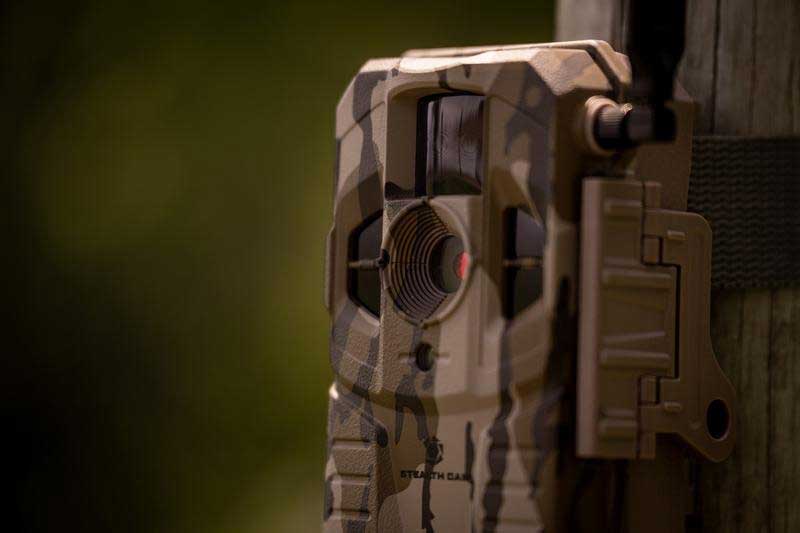
1. More Accurate Number of Buck-to-Doe Ratios
After the rut occurs, late November is an excellent time to put up a few game cameras to observe the buck-to-doe ratios on a hunting property. Most targeted deer have been harvested at this point in the season, including both bucks and does. Using game cameras, such as the Stealth Cam Connect, in significant food sources allows the hunter to better determine how many does need to be taken over the remainder of the year to balance out the buck-to-doe ratio.
Since the deer herd is more prevalent on food plots during the late season, ensure your game cameras are monitoring the food source in your area. Many hunters will have game cameras monitoring trails and bedding areas. They will need to move cameras to their food plots in the late season. A cellular game camera can help you avoid pressuring deer off your property but still let you monitor doe inventory and deer movement.
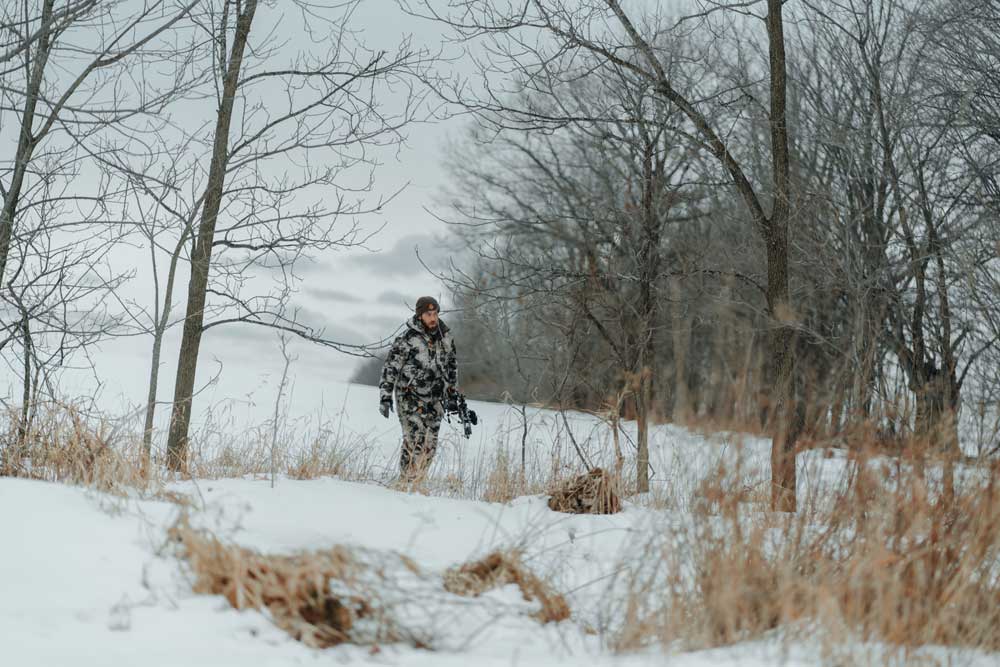
2. Increased Harvest Opportunities
The most patternable time for a whitetail buck is typically during the early season of August and September. Yet, when patterning does for an easier harvest, there is no better time than the late season of December and January. When the cold winter temperatures set in, deer rely heavily on food to keep them warm and for survival. The good thing for hunters is that if they sit nearby crop fields or late-season food plots, the chances of seeing an abundance of deer are likely. Try to avoid mature does that throw twins every year. Once a harvestable doe is spotted, all that is left to do is make a successful shot.
Since late-season does are more easily patterned, it's a great time to give another hunter an opportunity to harvest a doe. Consider taking a new archery hunter bowhunting for the first time. You may have to choose a day when the weather is more hospitable, but on hunts like this, the biggest reward is the memory. Removing a big doe from the herd and making a memory with a younger or older hunter is a win-win. Plus, the doe is on their tag!
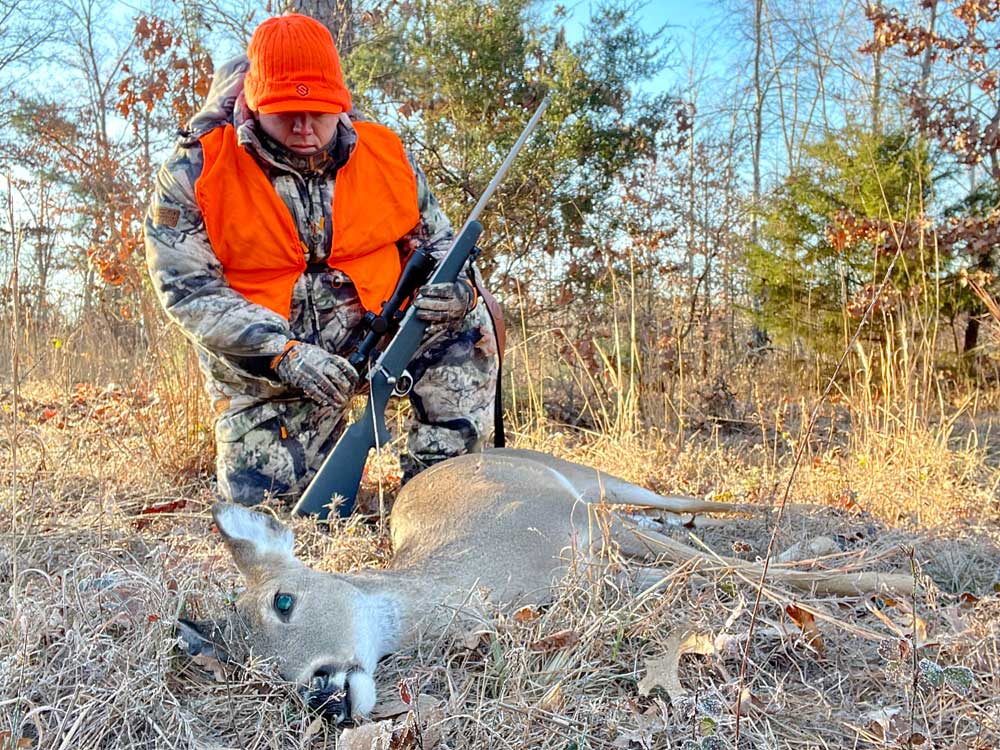
3. Less Likely to Interrupt Buck Hunting
One of the most significant reasons for many hunters waiting until late season before they decide to draw back or pull the trigger on a doe is the risk of messing up their chances of harvesting a mature buck. The thought is that when the rut rolls around, there is no better lure for a big buck than a bunch of does. That is sound reasoning, especially if you're limited to hunting the same ground all deer season.
Many hunters spend the months of October and November pursuing mature bucks who are chasing does to breed. By harvesting a doe during this period, the hunter takes the risk of contaminating the area when field dressing and transporting the harvested deer back home. The most crucial risk for taking out a doe during the prime of the rut is taking the chance of removing the one thing that bucks are looking for in the area. The more does that are traveling on a hunting property during the rut, the higher the chance of drawing in more bucks, thus why the chances of downing a mature buck increase by waiting until later in the season to harvest a big doe.
Situational Strategy
There is no right or wrong time to harvest a doe. It really depends on a deer hunter's situation. If a deer hunter only has an early season weekend to hunt, then by all means, shoot a doe if you can. It is the same for those who hunt highly pressured public land. As public land hunters know, a doe may not be there next weekend. Deer hunters who hunt private land can wait to shoot a doe until the late season. If you are hunting the same 200 acres all season long, waiting until the late season to harvest does makes sense. A good rule of thumb is, if your situation allows you to wait to harvest a doe, then by all means, wait. Otherwise, if it's brown, it's down.

